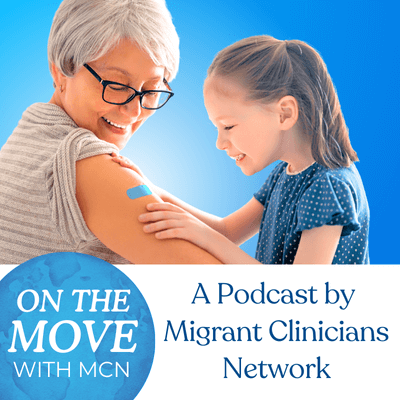From Maria to Michael: How Communities Can Respond After Disaster

(photo by CSM)
By Marysel Pagán Santana, MS, DrPHc, MCN’s Puerto Rico Program Manager
“The job they’ve done in Florida has been incredible.” -President Trump after Hurricane Michael, Time.com, October 15, 2018
“President Trump visited Puerto Rico on Tuesday, hailing the recovery effort as an ‘amazing job’ by first responders.” -LA Times, October 3, 2017
It feels like a recurring nightmare: a disastrous hurricane, followed by a presidential declaration of success in the response, while images of flattened neighborhoods and desperate communities fill the news. Last year, after Puerto Rico withstood the horrific winds and waters of Hurricane Maria, I watched people queuing up for fresh water, food or gas, and we wondered how such a horribly ineffective and insufficient response could occur here. Now, I’m watching it again -- this time, in Florida.
Many people assumed that part of the lack of immediate response after Hurricane Maria hit Puerto Rico had to do with our isolated location. As an island, Puerto Rico isn’t easily reached, and mobilizing ships and planes to bring materials is perhaps a bigger feat than driving over from a neighboring county. Additionally, Puerto Rico’s poor economic status before the hurricane made emergency response into a political question: how much should the federal government pay? Many of us in Puerto Rico believed such questions may have hampered or at least delayed some emergency response.
But these assumptions were held to the fire in recent days as I watched communities in Florida experience similar delays in emergency response after Hurricane Michael, suffering without fresh water, living in homes without a roof, unable to get to a health center because too much debris was piled up in the roads.

(photo by CSM)
The responses we’re seeing after Hurricane Michael appear at this point to be almost a replica of the responses given after Hurricane Maria -- and yet the geographic and political situations couldn’t be in stronger contrast. As part of the mainland, resources can more easily come from other parts of the South that were marginally affected. As a critical swing state, Florida has political clout that few others states maintain. And, still, the reports keep coming back of angry residents feeling left behind while officials warn that “we have to set the citizens’ expectations.”
Hurricane Michael’s devastation has been unimaginable in terms of loss. So how do communities come up with plans of action for the unimaginable? Many of us assume that, in the United States, aid is guaranteed to be available and swift -- but that’s not always the case. FEMA’s National Response Framework recognizes that “government resources alone cannot meet all the needs of those affected by terrorist attacks, natural disasters, and other catastrophic events. When disaster strikes, people throughout the community and our nation pitch in to help the response effort.” (In fact, those words are the opening sentence of the Framework.) These experiences highlight the importance of the organization at the community level, in such a way that we can strengthen the resources inside and outside the governmental emergency response framework. In order to face emergencies and protect our health, we need to close the gaps between our vulnerable communities and government institutions; the communities can better understand their needs, and health centers are the main link with government institutions. Mobilizing communities so they can develop and reinforce the leadership efforts, in collaboration with the community health centers, to prepare and respond to disasters is the core of our new project in Puerto Rico.
Health centers in affected areas of Florida are just beginning to come back and survey their own damage, while they attend to the needs of their communities. We stand in solidarity with the poor communities in Florida that are reaching out for help and not finding it fast enough. As we here in Puerto Rico have learned, recovery takes time, patience, and -- critically -- a strong community.
MCN’s Emergency Preparation, Response, and Recovery page
After the Storm: MCN’s archived webinar
List of resources for a post-disaster community
Like what you see? Amplify our collective voice with a contribution.
Got some good news to share? Contact us on our social media pages above.
Return to the main blog page or sign up for blog updates here.
- Log in to post comments





